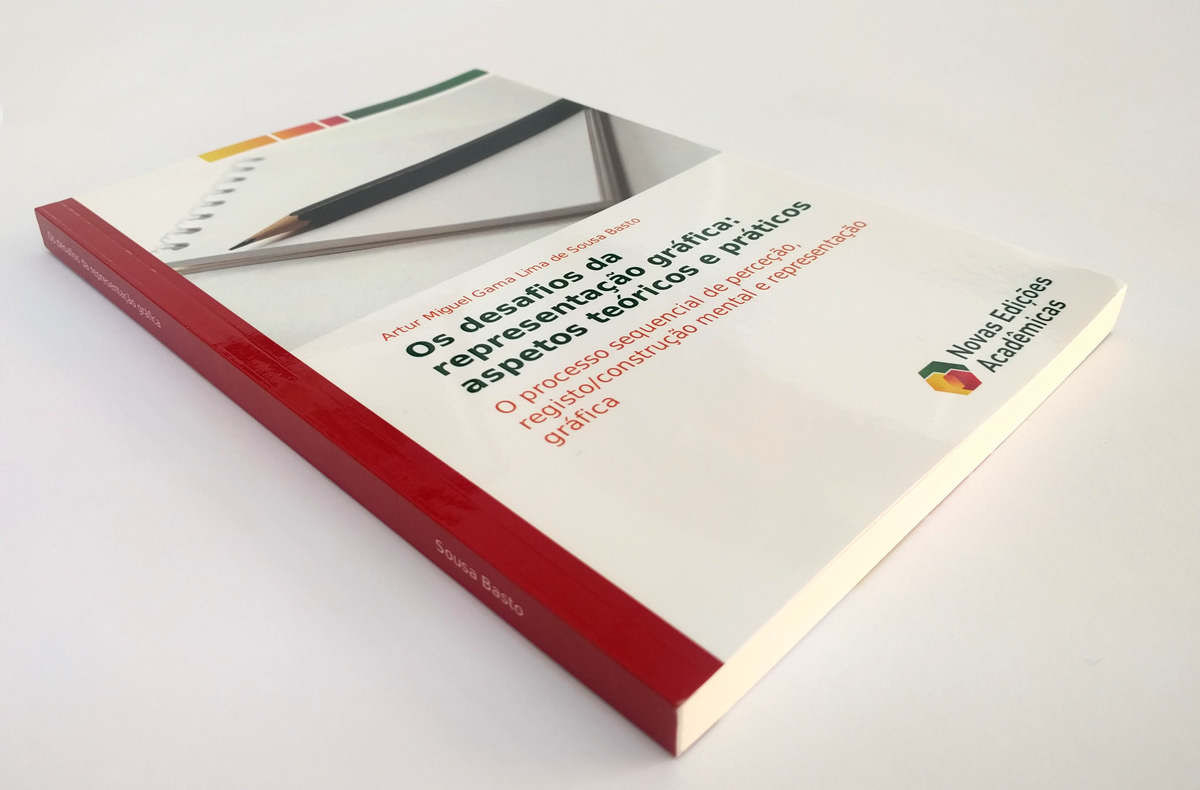Os desafios da representação gráfica: aspetos teórios e práticos
The teacher training report shows that teenage students face obstacles when graphically representing shape, volume, shade, depth…
The main reason behind this issue lies in the inaccurate execution of the sequential process of perception, mental recording/construction and graphic representation.
We looked into the concrete moments of this process with the help of fundamental tools produced by Rudolf Arnheim, Donald Hoffman and Phil Metzger.
The theoretical framework determined a pedagogical intervention which consisted of activating strategies based on the questioning of the quality of the observation as well as on the triggering of reflection about this same observation. Students claimed to believe that the successful fulfillment of this first phase provided a solid basis for a more accurate mental record of the observed content.
We used techniques of graphic representation and procedures which promoted clear-cut observation as well as enhanced understanding of shape, volume and shade representation. While solving the proposed exercises, students were made aware of the visual errors/illusions which affect visual perception and may cause distortion of the observed reality.
Based on the outcomes of the exercises proposed throughout the school year and on the results of the assessment surveys conducted, research gave evidence of the students’ evolution with regard to the quality of their observation and technique.


